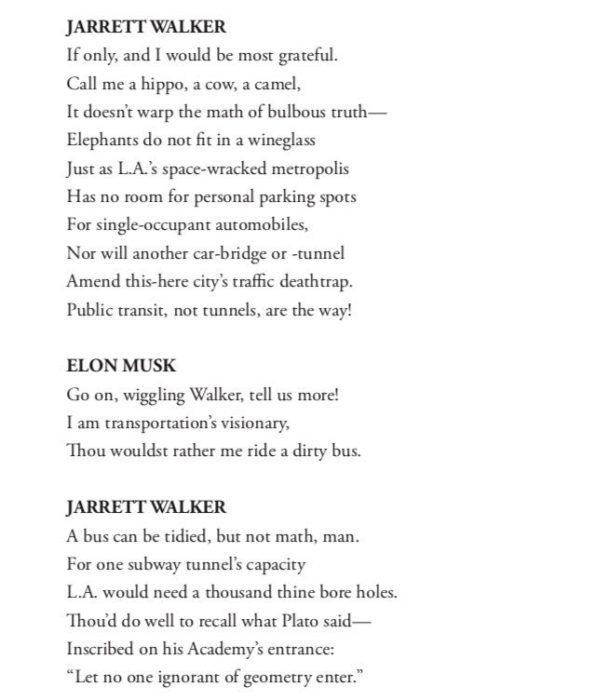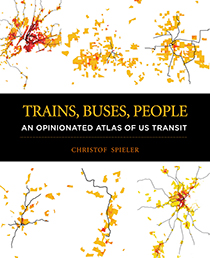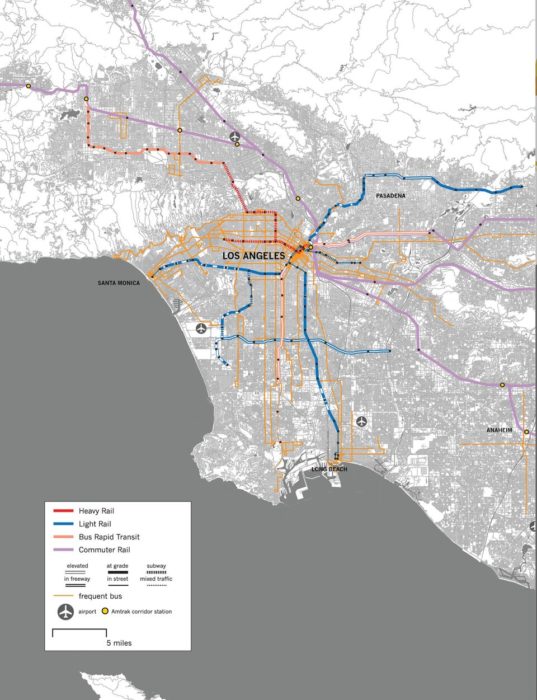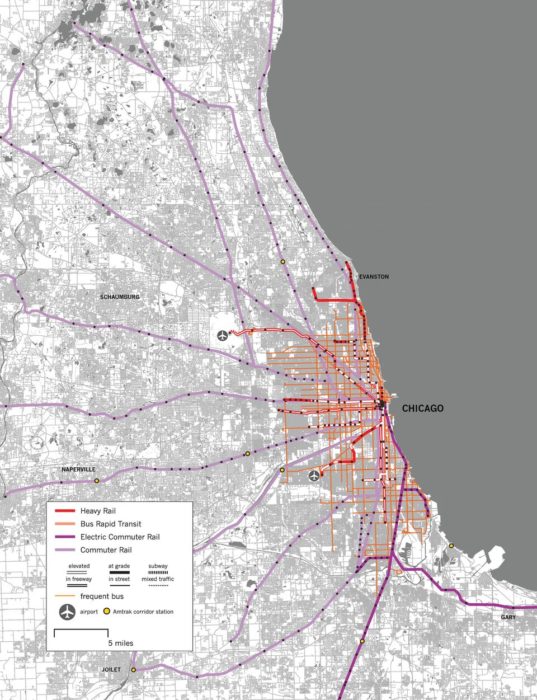I’m in the World Bank’s generally excellent Transforming Transportation conference in Washington DC. The theme is “New Mobility.” In the first panel, I found myself agreeing with almost everything the panel said, to the extent that I could understand it.
The limit to my understanding was the use of meaningless words: new mobility, micromobility, sharing.
These words each have too many meanings, which is the same as having none. That is a good sign that they have arisen from the language of sales. Selling a product requires exaggerating its relevance. If a word makes people feel good, the marketer will try to figure out how to extend the word to cover her product.
All three of these words feel good: New mobility sounds cutting-edge. Micromobility sounds intimate, maybe even cute the way little things are. Sharing — well, we all think toddlers should learn to share.
But on this morning’s panel I heard all three words used with apparently conflicting meanings.
- Sharing was used sometime to mean “sharing of rides” (different people with different purposes riding in same vehicle at the same time, as in public transit), but also to mean “sharing the vehicle” as in bikeshare and carshare. (There’s also sharing of infrastructure: Motorists are expected to “share the road.”) These are different concepts with different uses and consequences. When the moderator polled us all on what words we associate “new mobility,” the top answer, of course, was “shared.” The more meanings a word has, the more popular it will be, which in turn means it will give more people that warm buzz that comes from being surrounded by people who (seem to) agree with them. That’s the mechanism by which words grow both popular and meaningless.
- Micromobility is often used to mean “person sized vehicles” — bikes, scooters, and other things that let someone move faster than they can walk without taking much more space than their body does. But when the Mayor of Quito was asked about it, his answer seemed to include microtransit, which is an utterly different thing. I suggest “person sized vehicles,” (PSV) It’s five syllables instead of six, and it actually says what it means.
- New mobility says nothing but that it’s mobility and its new. New things have absolutely nothing else in common, so why is this a meaningful category? Only if you want to appeal to the common prejudice that all new ideas are better than all old ideas, which we all know to be nonsense. After all, most innovations fail.
I’ll talk about this on a panel this afternoon. If we are going to think clearly, we have to use words that mean, not words that sell.
Meanwhile, if you hear one of these words, or any other word that seems to used in multiple ways, ask for a definition. You have a right to that. Only then are you actually thinking together.







